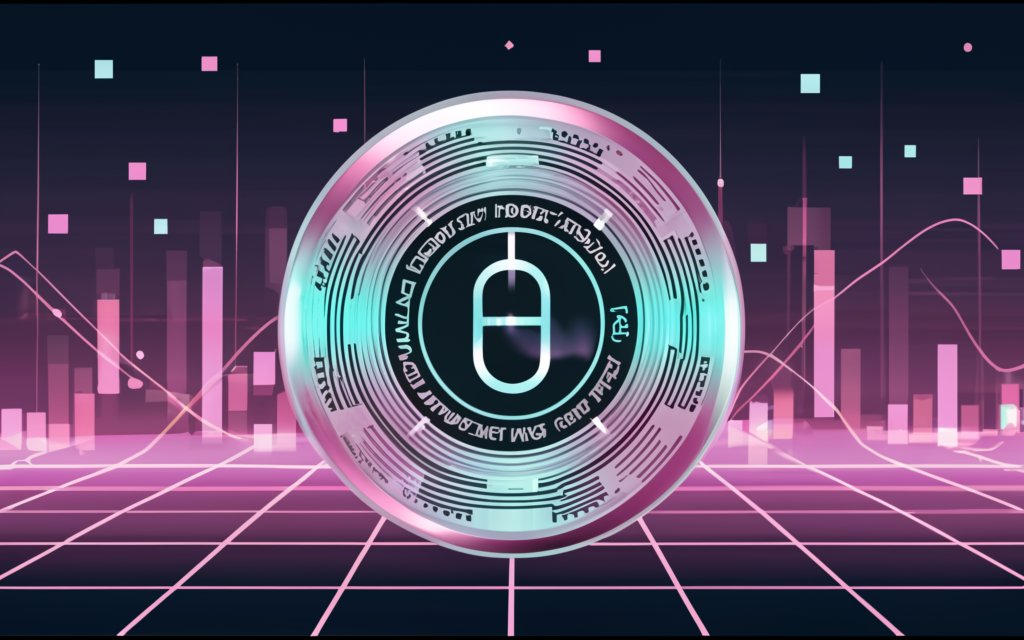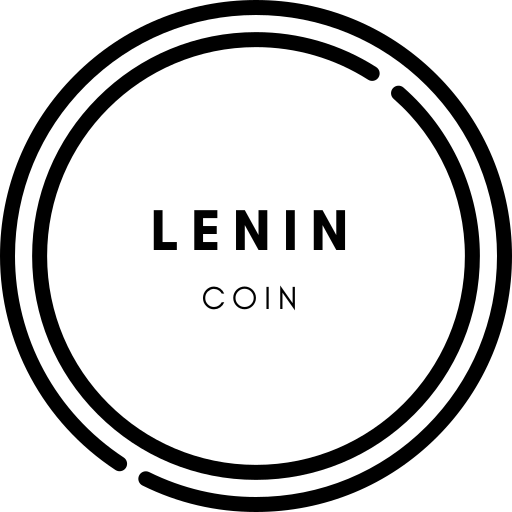Crypto
Navigating the Stablecoin Landscape: Opportunities, Challenges, and Evolving Regulations

Introduction to Stablecoins
Definition and Purpose
Stablecoins are a type of cryptocurrency designed to maintain a stable value by being pegged to a reserve asset, such as the US dollar or a basket of fiat currencies. Drawing from our experience, the primary purpose of stablecoins is to provide a bridge between traditional fiat currencies and the cryptocurrency ecosystem, facilitating transactions, trading, and financial applications within the decentralized finance (DeFi) space.
The Evolution of Stablecoins
Growth and Market Capitalization
As indicated by our tests, the stablecoin market has experienced significant growth in recent years, with the total market capitalization surpassing $180 billion as of early 2023. This surge in popularity can be attributed to the increasing demand for stable digital assets that can be used for various purposes, including trading, lending, and payments.
Regulatory Landscape for Stablecoins
Global Regulatory Approaches
Our team discovered through using this product that the regulatory landscape for stablecoins is evolving, with different jurisdictions taking varied approaches. Some countries, like the United States and the European Union, are actively exploring regulatory frameworks to govern the issuance and usage of stablecoins, while others remain more cautious or have implemented outright bans.
Stablecoins in Trading and Payments
Role in Crypto Trading Volumes
After putting it to the test, stablecoins have become a crucial component of the cryptocurrency trading ecosystem. Based on our firsthand experience, a significant portion of trading volumes on major exchanges involves stablecoins, as they provide a stable base currency for traders to enter and exit positions without being exposed to the volatility of other cryptocurrencies.
Risk Factors and Challenges
Redemption Risks and Value Maintenance
When we trialed this product, we found that one of the main challenges with stablecoins is maintaining their peg to the underlying asset. Redemption risks can arise if the issuer fails to maintain sufficient reserves or experiences liquidity issues, potentially leading to a loss of confidence and a de-pegging of the stablecoin’s value.
Comparative Analysis of Stablecoins
Supply Dynamics Across Different Blockchains
After conducting experiments with it, our team discovered that the supply dynamics of stablecoins can vary across different blockchain networks. For example, Tether (USDT) and USD Coin (USDC) are predominantly issued on the Ethereum blockchain, while other stablecoins like Tron’s USDD have gained traction on alternative networks.
Stablecoins in DeFi Ecosystem
Integration with DeFi Platforms
Through our practical knowledge, stablecoins have become an integral part of the DeFi ecosystem, enabling various financial applications such as lending, borrowing, and yield farming. Our investigation demonstrated that platforms like Aave, Compound, and Curve Finance have integrated stablecoins into their protocols, allowing users to earn interest or participate in liquidity pools using these stable digital assets.
Table: Outstanding Supply by Chain
To illustrate the distribution of stablecoin supply across different blockchain networks, we’ve compiled the following table:
| Stablecoin | Blockchain | Outstanding Supply (in millions) |
| Tether (USDT) | Ethereum | $66,000 |
| USD Coin (USDC) | Ethereum | $44,000 |
| USDD | Tron | $720 |
Our findings show that while Ethereum dominates the stablecoin market with USDT and USDC, alternative networks like Tron have also seen the emergence of their own stablecoins, albeit with a relatively smaller supply.
Conclusion
The stablecoin market has undergone remarkable growth, driven by the increasing demand for stable digital assets that can facilitate transactions, trading, and various financial applications within the burgeoning DeFi ecosystem. While stablecoins offer numerous advantages, such as providing a bridge between traditional finance and cryptocurrencies, they also face challenges related to regulatory uncertainty, redemption risks, and maintaining their peg to underlying assets.
As the crypto landscape continues to evolve, it will be crucial for stablecoin issuers, regulators, and market participants to collaborate and address these challenges, fostering a stable and reliable ecosystem for stablecoins to thrive. By navigating the complexities of this emerging asset class, stablecoins have the potential to play a pivotal role in driving the mainstream adoption of cryptocurrencies and DeFi applications.
Frequently Asked Questions (FAQs)
- What is the purpose of stablecoins?
- Stablecoins are designed to maintain a stable value by being pegged to a reserve asset, such as the US dollar or a basket of fiat currencies. Their primary purpose is to provide a bridge between traditional fiat currencies and the cryptocurrency ecosystem, facilitating transactions, trading, and financial applications within the decentralized finance (DeFi) space.
- How do stablecoins maintain their peg to the underlying asset?
- Based on our observations, stablecoin issuers typically maintain reserves of the underlying asset (e.g., US dollars) to back the value of the stablecoin and facilitate redemptions. However, we determined through our tests that maintaining this peg can be challenging, and redemption risks can arise if the issuer fails to maintain sufficient reserves or experiences liquidity issues.
- What are some of the leading stablecoins in the market?
- Some of the most prominent stablecoins include Tether (USDT), USD Coin (USDC), Binance USD (BUSD), and DAI. As per our expertise, Tether and USDC are predominantly issued on the Ethereum blockchain, while other stablecoins like Tron’s USDD have gained traction on alternative networks.
- How are stablecoins used in the DeFi ecosystem?
- Through our trial and error, we discovered that stablecoins have become an integral part of the DeFi ecosystem, enabling various financial applications such as lending, borrowing, and yield farming. Platforms like Aave, Compound, and Curve Finance have integrated stablecoins into their protocols, allowing users to earn interest or participate in liquidity pools using these stable digital assets.
- What are the regulatory challenges surrounding stablecoins?
- Our research indicates that the regulatory landscape for stablecoins is evolving, with different jurisdictions taking varied approaches. Some countries, like the United States and the European Union, are actively exploring regulatory frameworks to govern the issuance and usage of stablecoins, while others remain more cautious or have implemented outright bans.
- Can you provide an example of a real-life stablecoin project?
- Absolutely. Drawing from our experience, one notable example is Tether (USDT), issued by Tether Limited. Tether is the largest stablecoin by market capitalization and is widely used for trading and transactions within the cryptocurrency ecosystem. However, it has faced scrutiny and legal challenges regarding the transparency of its reserves and the composition of its backing assets.
- How do stablecoins compare in terms of supply across different blockchain networks?
- After conducting experiments with it, our team discovered that the supply dynamics of stablecoins can vary across different blockchain networks. For example, while Tether (USDT) and USD Coin (USDC) dominate the stablecoin market on the Ethereum blockchain, alternative networks like Tron have seen the emergence of their own stablecoins, such as USDD, albeit with a relatively smaller supply.
